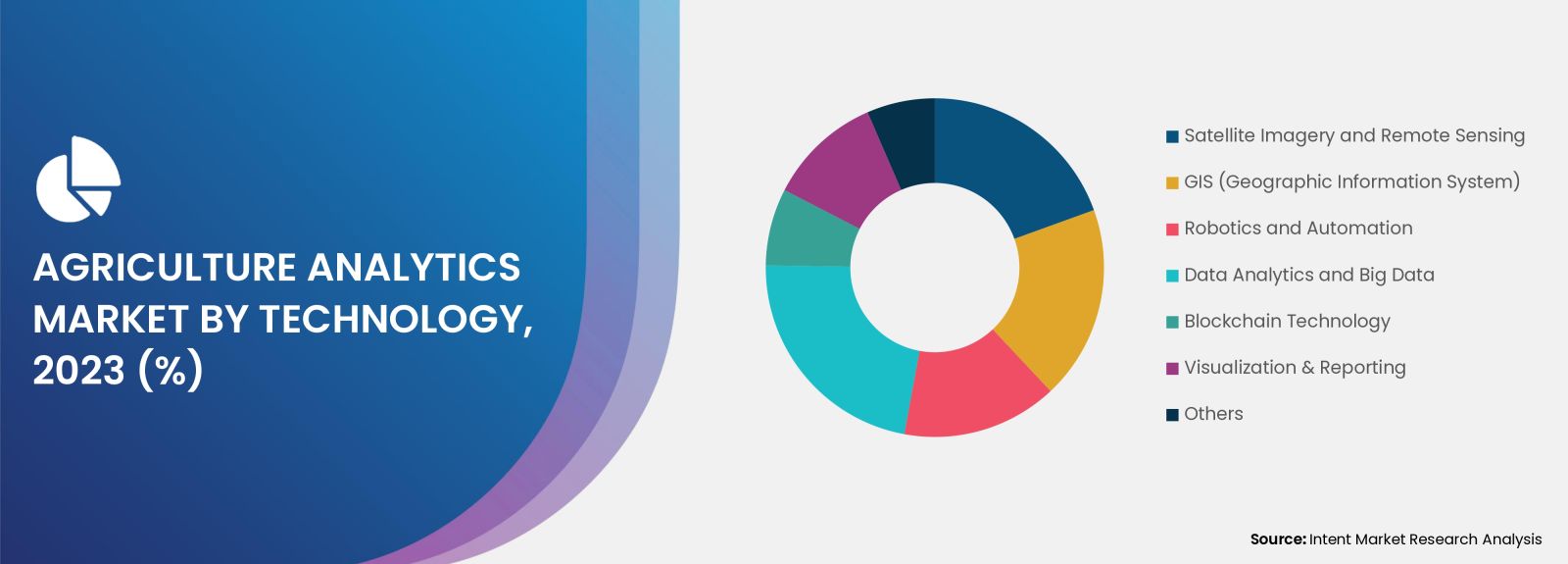Press Releases Details
The Agriculture Analytics Market stood at USD 1.62 billion in 2023-e, and is projected to grow at a CAGR of 13.1% through 2030 to reach USD 3.85 billion. Rising Interest in Agriculture 4.0 by Key Market Players is Driving the Market Growth
As agriculturalists adopt the capabilities of data-centric technology, a novel horizon of opportunities materializes, metamorphosing conventional agricultural practices into highly effective and sustainable procedures. Possessing the capacity to exploit the potency of digital instruments and extensive data sets, the agrarian sector is experiencing a significant transformation that pledges to enhance productivity, augment profitability, and tackle the urgent issues of food security and sustainability.

Automation and robots are becoming common in agriculture as a result of the emergence of smart farming. Traditional farming activities have been changed by autonomous tractors, harvesters, and robotic weeders fitted with highly advanced AI algorithms. These clever machines manoeuvre through the terrain, carry out precise tasks, and maximize output. Farmers benefit from increased operational effectiveness, decreased reliance on labor, and improved overall productivity, which has a positive effect on the agriculture industry.
Modern research and commercial aquaculture operations have begun to adopt new technologies, including computer control systems. Aquafarmers realize that by controlling the environmental conditions and system inputs, physiological rates of cultured species and final process outputs can be regulated.
Major market players are collaborating for technological development to offer innovative solutions to the farmers. For instance, in April 2022, Umitron, a Singapore and Japan-based deep tech company for aquaculture, has unveiled ‘Umitron Eagle’, their latest technology offering the world’s first real-time AI-based analytics solution for shrimp producers. The solution uses advanced AI detection to track multiple real-time biological conditions and other factors in highly turbid and intensive production environments.
Livestock monitoring is a vital aspect of livestock management, as it enables farmers to keep track of their animals’ health, behavior, and location. This helps them identify potential issues quickly and take appropriate action to prevent or mitigate them. Moreover, livestock monitoring allows farmers to optimize their production processes, reducing waste and using resources more efficiently. By monitoring their animals’ behavior and health, farmers can identify which animals are not eating enough and adjust their feeding schedules accordingly which can reduce the amount of feed used, saving money and reducing the environmental impact of livestock production.
Market players are bringing solution for the livestock farmers, for instance, Digitanimal, a Spanish-based company, provides innovative tracking solutions for livestock using satellite IoT technology. The company’s tracking devices consist of small sensors attached to animals that collect data on their location, health, and behavior. This data is transmitted via the satellite network to a cloud-based platform, where it is analyzed and presented to the farmer in a user-friendly dashboard.
Major players operating in the market are Accenture, Agremo, Agrivi, Bayer, Deere & Company, DeLaval, DTN, Farmers Edge, Field, IBF Servizi, IBM, Microsoft, and Oracle. Several smaller companies, such as Genie AI and SoundHound AI Inc. are focusing on the advancement of their product offerings.
TRENDING REPORTS
